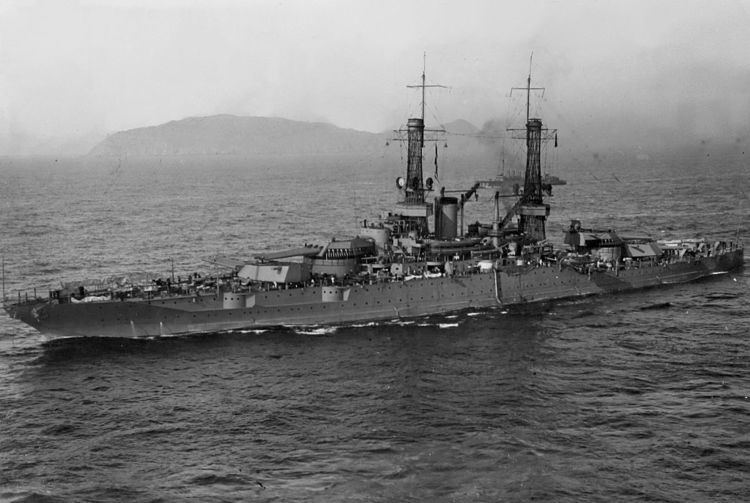 | ||
Turbo-electric transmission uses electric generators to convert the mechanical energy of a turbine (steam or gas) into electric energy and electric motors to convert it back into mechanical energy to power the driveshafts.
Contents
- Battleships
- Aircraft carriers
- Destroyer escorts
- Troop ships
- Submarines
- Auxiliary ships
- Coast Guard cutters
- Ocean liners
- Coastal liners
- Ferries
- Cruise ships
- Banana boats
- General cargo ships
- Oil tankers
- References
Turbo-electric drives are used in some rail locomotives (gas turbines, e.g. with the first TGV) and ships (steam and more recently gas turbines). An advantage of turbo-electric transmission is that it allows the adaptation of high-speed turning turbines to the slowly turning propellers or wheels without the need of a heavy and complex gearbox. It also has the advantage of being able to provide electricity for the ship or train's other electrical systems, such as lighting, computers, radar, and communications equipment.
Battleships
Aircraft carriers
Destroyer escorts
Troop ships
Submarines
Auxiliary ships
Coast Guard cutters
Ocean liners
Coastal liners
Ferries
Cruise ships
Banana boats
General cargo ships
Oil tankers
References
Turbo-electric transmission Wikipedia(Text) CC BY-SA
